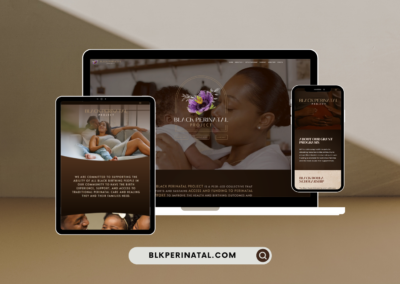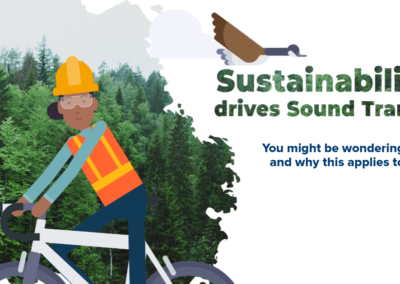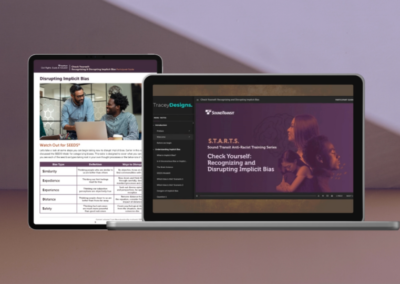Project Title
“Check Yourself: Recognizing and Disrupting Implicit Bias” eLearning module
Developed in partnership with the Office of Civil Rights, Equity, and Inclusion at Sound Transit, this project involved developing an eLearning module on implicit bias as part of the agency’s anti-racist strategy.
Goal
The module aimed to educate employees on how implicit biases can influence their decision-making and actions in the workplace, particularly in areas such as hiring, promotions, and customer service.
Learning Objectives
- Establish a foundational understanding of implicit bias
- Understand the impacts and dangers of implicit bias in the workplace
- Learn ways you can act to disrupt implicit bias in the workplace
- Understand key anti-racist terminology and concepts
What did I do?
- eLearning development using Articulate Storyline
- Sourced and developed content based on NeuroLeadership SEEDS model and PWC Blind Spots anti-bias series
- Animated video production with Vyond
- Provided narration
- Audio editing using Adobe Audition
- Scriptwriting
- Graphic design using Adobe Photoshop
- Editable PDF participant guide design and development using Adobe InDesign
Approach
The project involved collaborating closely with subject matter experts within the CREI, as well as stakeholders, to ensure that the module was culturally sensitive and relevant to the transit agency’s diverse workforce. Focusing on the NeuroLeadership Institute’s SEEDS model for categorizing and mitigating bias, the module includes interactive activities, scenarios, videos, knowledge checks, and assessments to enhance the learning experience and ensure that employees can identify and mitigate implicit biases in their work.
Results
Overall, the module provided a critical tool for the agency to foster an inclusive and equitable work environment, create a shared understanding of anti-racist terminology, and promote anti-racist practices. Employees shared that they had increased awareness and understanding of implicit biases, as well as strategies to mitigate and address them with themselves and others.
Projects
Select a project tile below to learn more details about the project and preview samples of my work.






